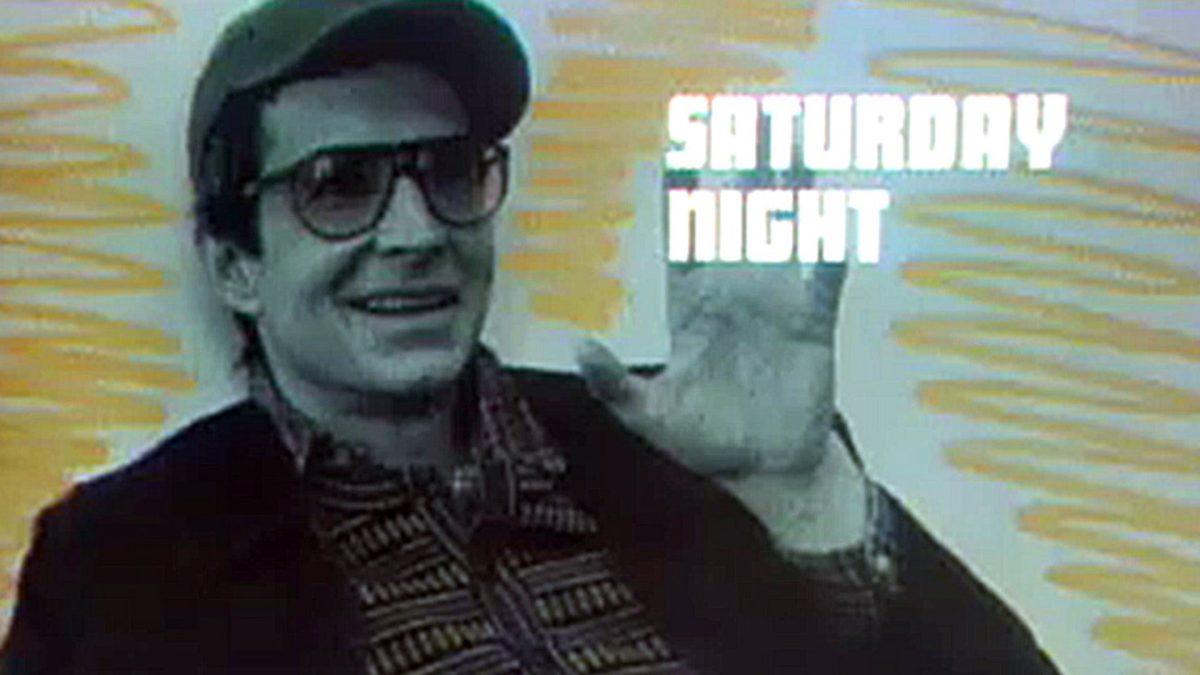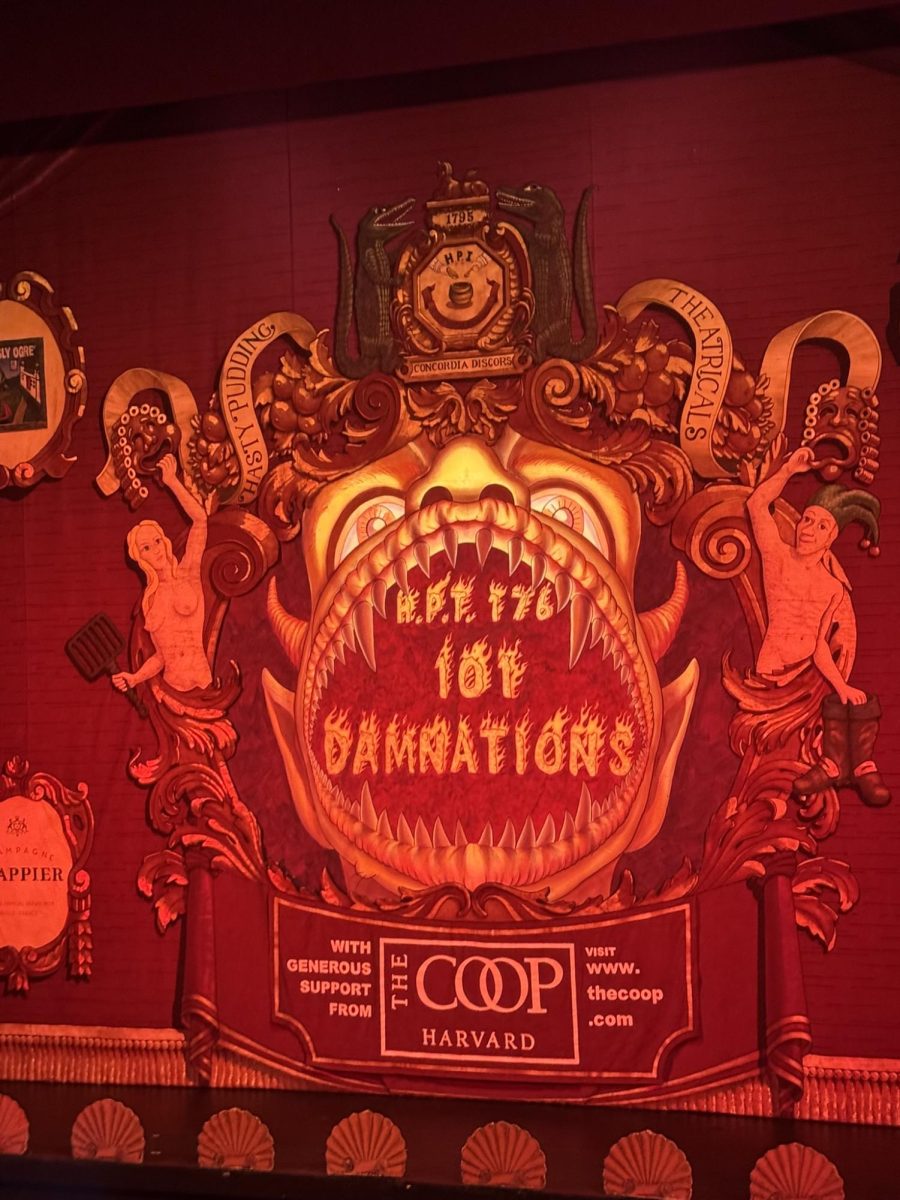On Saturday, Oct. 12, I had the pleasure of watching the movie “SATURDAY NIGHT,” not live from New York, but instead in the comfort of a movie theater. As I settled into my reclining chair, freeze and popcorn on hand, I had no idea what to expect for the next two hours. If you aren’t familiar with what “SATURDAY NIGHT” is about, don’t worry! I’m here to spoil it, in its entirety.
“SATURDAY NIGHT” depicts the 90 minutes before the first ever episode of “Saturday Night Live,” commonly referred to as “SNL,” which premiered on Oct. 11, 1975. It reveals the behind-the-scenes challenges faced by the cast and crew that have remained largely unknown to the public –– until now.
The film’s pacing, set design and casting relay the sensation of “a night in New York City” — as said by Lorne Michaels, the Showrunner and Creator of SNL, portrayed in “SATURDAY NIGHT” by Gabriel LaBelle. The cast is packed with big hitters and each performer captures their counterpart with immense accuracy, in terms of both physical resemblance and minute mannerisms. It’s hard to pick out performances that stand out above others, but among the top performances are Cory Michael Smith, Lamorne Morris and Ella Hunt. The similarities between Smith and Chevy Chase, who went on to iconize ‘weekend update,’ were uncanny, down to his voice, tone, the way he walked and his uniquely egotistical attitude. Hunt as Gilda Radner, who helped to form the comedy and tone SNL itself with her quirks, pulled on my heartstrings with her love for nostalgia and kid-sister-ness. Morris as Garrett Morris, another original cast member,(no relation) could’ve fooled me with the identical singing voice and mannerisms. It was as if the modern cast was possessed by the very icons who revolutionized American television.
The film’s fast pacing and scene splicing in moments of tension brought a shared anxiety to the theater. Near the end of the movie, I felt like I WAS Michaels – unsure if the show would go on. LaBelle (Michaels) centers the movie, which is not an easy feat considering the chaos in every scene and performance.
Watching “SATURDAY NIGHT,” I found myself transported to Oct 11, 1975 in New York City, begging Belushi to sign his contract, breaking up fights, putting out fires, worrying about my impact on a new television show and trying to create a home for lost, disregarded comedians and personalities alike. This movie at its core feels incredibly authentic to “Saturday Night Live.” Some jokes fall flat and some hit you right in the stomach with giggles –– similar to the current state of the show, at least according to its younger audience. If anything, “SATURDAY NIGHT” strives to bring modern relevance to SNL and remind folks at home of its original intention – a group of people brought together to make an audience laugh.
Contact the editors responsible for this story: Ivy Buck, Norah Catlin



